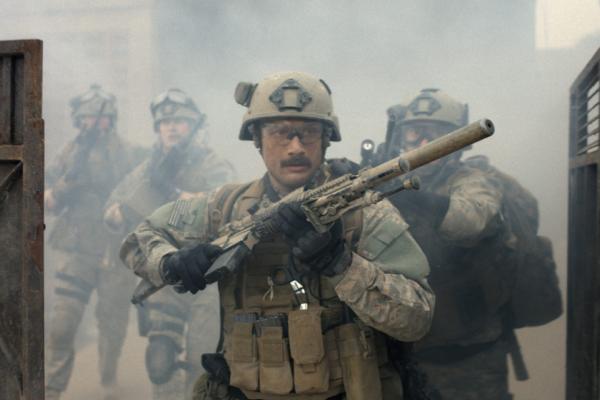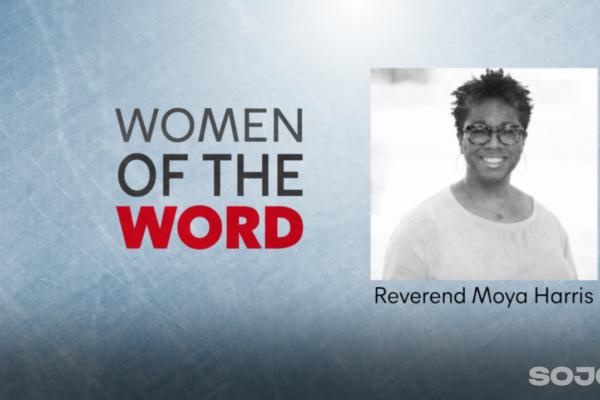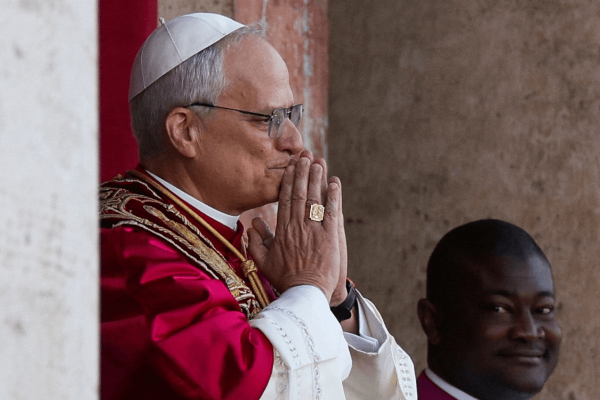Intimacy is not usually what comes to mind when someone goes to see a war movie. Big explosions, rapid gunfire, and large-scale battles are more likely elements we think of when starting to watch a film about human conflict at its worst.
This movie is the story of two British soldiers, Lance Corporal Blake and Lance Corporal Schofield, as they are tasked with delivering a message to the commander of the second battalion. This message directs the commander to call off a planned attack that will lead his men straight into a trap set up by the Germans. If the message does not arrive in time, nearly 1,600 soldiers would have been killed, including Lance Corporal Blake’s brother.
Set in World War I, this movie places an extremely narrow focus on these two characters throughout the film, heightening the audience’s connection with them. To create the intimacy with Blake and Schofield, 1917 is told in real time with one continuous shot. While a typical war film might involve dozens of cuts, offering a broad understanding of the events, 1917 allows little room for theatergoers to see the bigger picture. Instead, a single unbroken shot forces viewers to see exactly what Blake and Schofield see.
In a scene early on in the film, the two men arrive at an abandoned German trench. As they cautiously observe what’s around them, bracing for an unexpected attack, the audience does the same. The camera follows closely behind the men as they travel beneath the earth, moving carefully around beds and boxes. Schofield eventually spots a tripwire set up as a trap by the Germans and almost as soon as he notices it, the wire implodes the trench. As Blake and Schofield attempt to make their way out of the collapsing structure, viewers might want the camera to cut so that they can take a breath from the suffocating view of the two men escaping death, but it won’t happen in this film.
That damage of war has been put on full display in films before, leaving many audiences wondering about the purpose of war films. Many films are often placed strictly into the categories of being anti-war or glorifying war. 1917 evades easily falling into either category. Screenwriter Krysty Wilson-Caines noted that the point was not to glorify war.
“It’s not an accident that [1917] is about two men trying to stop a battle," Wilson-Caines said. “I believe war is human failure. I think war is a colossal waste of life. It serves no greater purpose. It’s base and disgusting.”
Wilson-Cains also gave insight about what the film is about rather than just what it’s not.
“Something ultimately uplifting about watching war movies is that sense that it is a battle to render the world better,” she said.
Rather than being for or against war, 1917 seems to simply want to depict what war is.
In an interview with Deadline, Director Sam Mendes even noted that viewers do not need to know anything about WWI to enjoy the film. Like Blake and Schofield, what the audience sees is limited to the peripheries of their own vision.
This limitation has the potential to inform greater discussion, since any conversation about the larger context of war should be grounded in remembering what the battlefield looks like to those fighting. 1917 offers us this perspective by giving us a small fraction of insight into the terrible events of the WWI and should push viewers to remember that the same atrocities are still occurring a century later.
Got something to say about what you're reading? We value your feedback!







